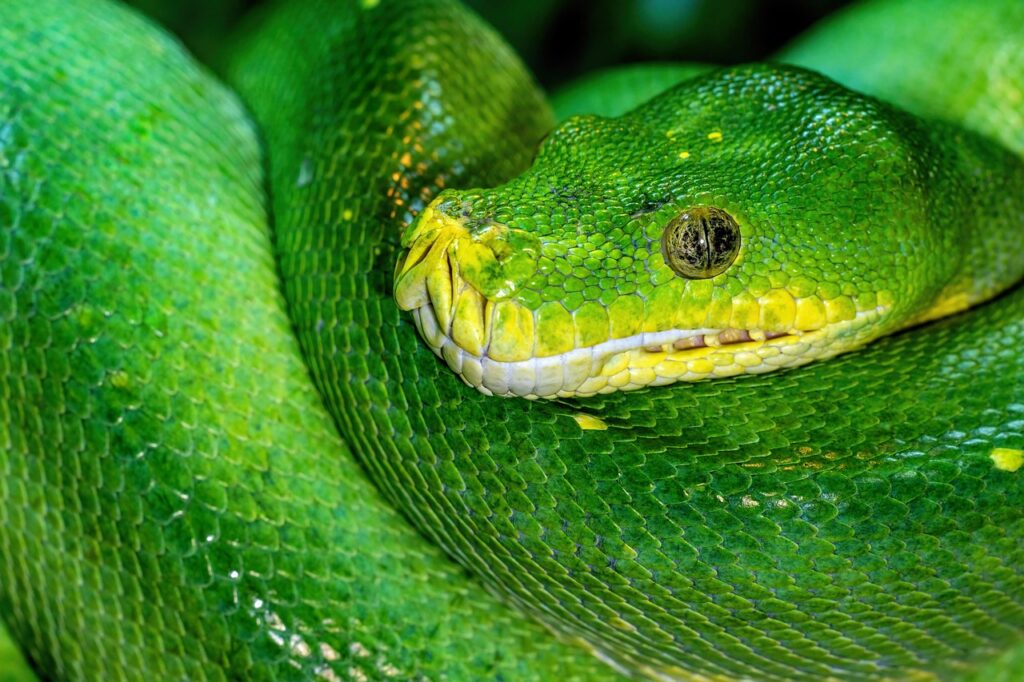Dinosaurs, those magnificent creatures that once dominated our planet, continue to captivate our collective imagination despite having vanished 66 million years ago. Their ghostly presence persists not only in scientific research but also in the realm of art, where creative minds breathe new life into these prehistoric beings. Modern artists across various media have embraced dinosaurs as powerful symbols, storytelling devices, and subjects of scientific speculation. From museum installations to street art, from digital illustrations to sculptural works, dinosaurs have stomped their way into contemporary visual culture, reflecting our evolving understanding of these creatures and our ongoing fascination with them.
The Evolution of Dinosaur Imagery in Art
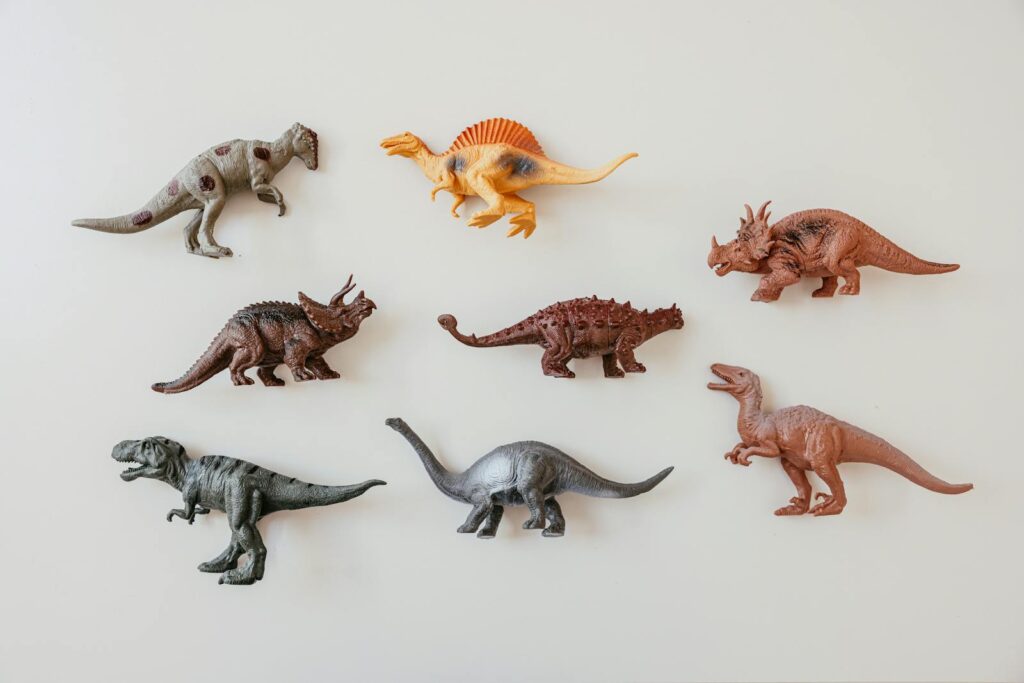
The artistic representation of dinosaurs has undergone dramatic transformations since the Victorian era, reflecting advances in paleontological knowledge. Early depictions often portrayed dinosaurs as lumbering, reptilian monsters, dragging their tails and resembling oversized lizards or dragons. The 1960s witnessed the “Dinosaur Renaissance,” spearheaded by paleontologist John Ostrom’s groundbreaking discoveries, which revolutionized how artists approached these ancient creatures. Modern art now typically presents dinosaurs as dynamic, active animals with upright postures, reflecting current scientific consensus about their biology and behavior. This evolution mirrors our changing relationship with natural history and scientific understanding, as artists increasingly collaborate with paleontologists to create more accurate representations. Contemporary dinosaur art thus serves as a visual timeline of scientific progress, showcasing how our perception of these creatures has evolved from monstrous reptiles to sophisticated, complex animals.
Dinosaurs as Cultural Icons in Pop Art

Pop artists have enthusiastically embraced dinosaurs as powerful cultural symbols, incorporating these prehistoric creatures into works that comment on consumerism, popular culture, and mass media. Andy Warhol’s experimental film “Dinosaur” (1964) stands as an early example of dinosaurs entering the pop art consciousness, while contemporary artists like Jeff Koons have included dinosaur imagery in their explorations of kitsch and commercialization. These artists often play with the commodification of dinosaur imagery, referencing how these creatures have become marketing tools, toys, and entertainment properties. The bright colors and bold lines characteristic of pop art lend themselves perfectly to dinosaur representation, with artists frequently juxtaposing these ancient beings against modern consumer products or brand imagery. This artistic approach highlights the strange contradiction of how extinct creatures from millions of years ago have become thoroughly integrated into our modern commercial landscape, appearing on everything from breakfast cereals to blockbuster films.
Scientific Illustration and Paleoart

Paleoart stands at the fascinating intersection between scientific illustration and creative interpretation, requiring artists to balance scientific accuracy with artistic vision. Modern paleoartists like James Gurney, creator of the “Dinotopia” series, and Julius Csotonyi employ current paleontological research to inform their anatomically accurate yet visually compelling dinosaur illustrations. These artists collaborate closely with scientists, studying fossil evidence, musculature, and comparative anatomy to create representations that reflect the latest scientific understanding. Unlike purely imaginative dinosaur art, paleoart aims to visualize reasonable hypotheses about dinosaur appearance, behavior, and environments based on available evidence. The digital age has revolutionized this field, allowing artists to incorporate complex texturing, lighting effects, and anatomical modeling that would have been impossible in traditional media. Contemporary paleoart continues to evolve as new fossil discoveries and scientific theories emerge, making it a dynamic field that constantly updates our visual understanding of prehistoric life.
Dinosaurs in Sculpture and Installation Art

Three-dimensional representations of dinosaurs have become increasingly sophisticated in modern art, ranging from monumental public sculptures to intricate gallery installations. Artists like David Černý have created massive dinosaur sculptures that transform urban landscapes, inviting the public to engage with paleontology in unexpected contexts. The British sculptor and installation artist Damien Hirst incorporated a gold-plated dinosaur skeleton in his controversial 2017 Venice exhibition “Treasures from the Wreck of the Unbelievable,” playing with themes of authenticity, value, and natural history. Installation artists frequently use dinosaur forms to create immersive environments that challenge viewers’ perceptions of time and scale, sometimes incorporating sound, lighting, and interactive elements. These sculptural works often explore the philosophical implications of extinction, the nature of scientific knowledge, and humanity’s place in Earth’s biological timeline. By physically manifesting dinosaurs in three-dimensional space, these artists create powerful encounters between viewers and representations of creatures that no human has ever witnessed alive.
The Influence of Digital Technology on Dinosaur Art
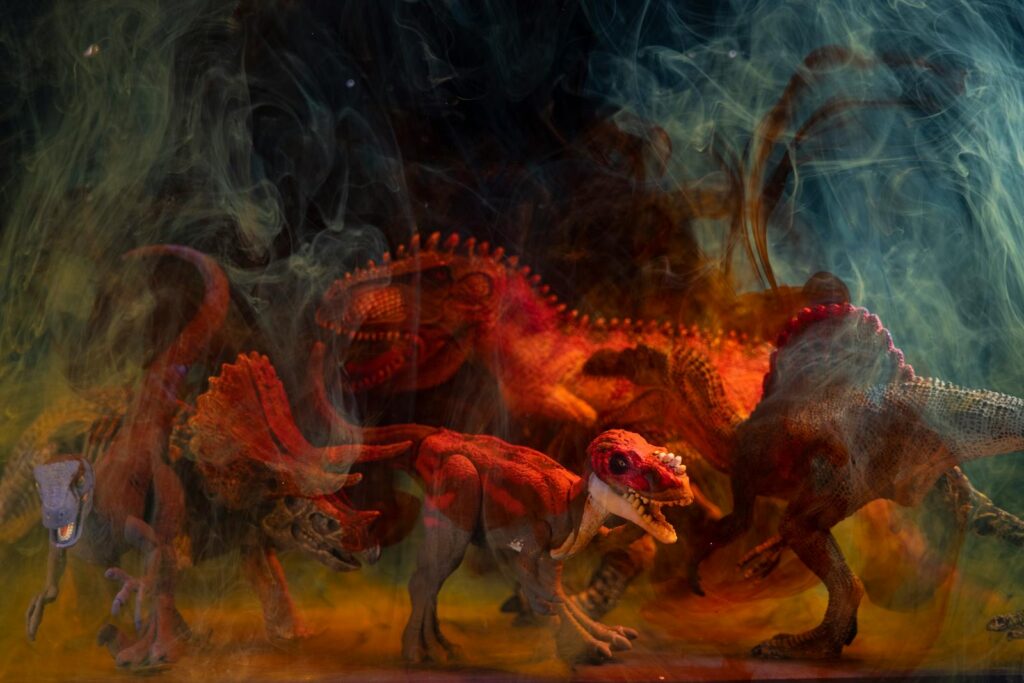
Digital technology has revolutionized dinosaur representation, enabling artists to create hyper-realistic renderings that would have been impossible with traditional techniques. Software like ZBrush and Blender allows digital sculptors to model dinosaurs with unprecedented anatomical detail, applying textures and environments that create startlingly lifelike images. Motion graphics artists can now animate dinosaurs with sophisticated movement patterns based on biomechanical studies, creating more scientifically plausible behaviors than ever before. The CGI dinosaurs in documentary series like “Walking with Dinosaurs” and blockbuster films represent collaborative efforts between artists and scientists to visualize prehistory with new levels of realism and scientific accuracy. Social media platforms have also democratized dinosaur art, with platforms like Instagram and ArtStation hosting thousands of digital artists sharing their dinosaur creations, fostering online communities dedicated to paleoart. These technological advances have blurred the line between scientific visualization and artistic expression, creating new possibilities for experiencing and understanding these extinct creatures through digital mediums.
Feminist and Postcolonial Approaches to Dinosaur Representation
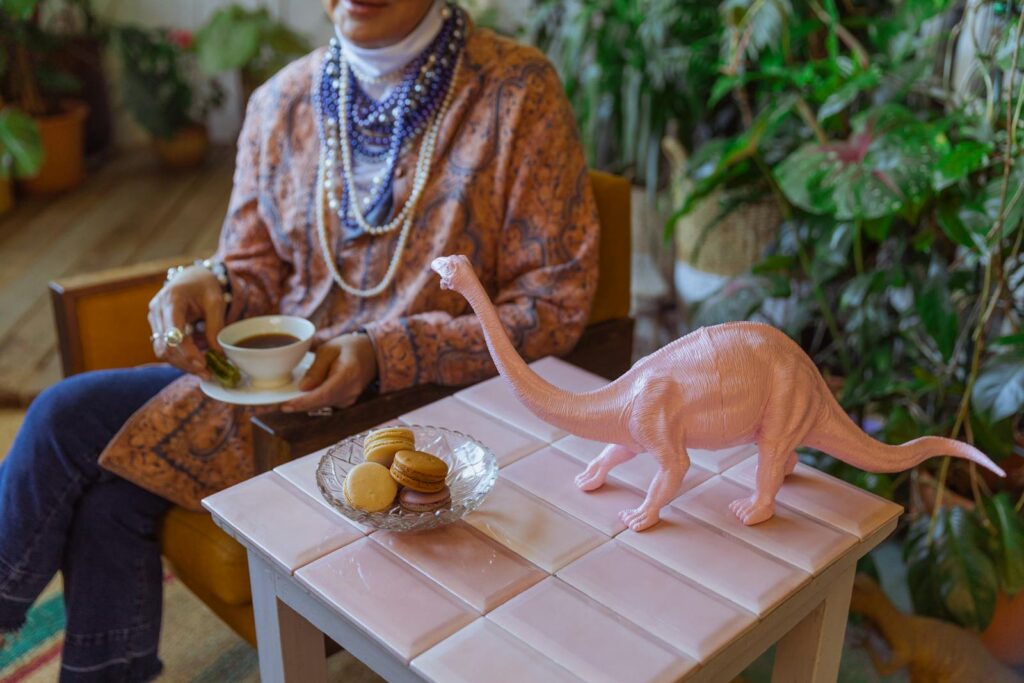
Contemporary artists have begun to challenge traditional dinosaur narratives through feminist and postcolonial lenses, questioning the underlying assumptions in how we visualize prehistoric life. Artists like Darren Naish and Emily Willoughby have critiqued the historically masculine portrayal of dinosaurs, introducing more nuanced representations of sexual dimorphism and parental behavior based on current scientific understanding. These approaches often question why historically male-dominated paleontology has emphasized aggression and competition in dinosaur representations while potentially underrepresenting cooperative behaviors or female dinosaur perspectives. Postcolonial approaches to dinosaur art acknowledge how Western scientific traditions have dominated paleoart, sometimes at the expense of indigenous knowledge systems and relationships with fossil discoveries on their ancestral lands. Some contemporary artists deliberately incorporate multiple cultural perspectives when depicting dinosaurs discovered in non-Western contexts, acknowledging the complex heritage of paleontological discoveries. These critical approaches enrich dinosaur art by revealing how cultural biases can influence seemingly objective scientific visualizations, encouraging more diverse and inclusive representations of prehistoric life.
Dinosaurs as Environmental Messengers
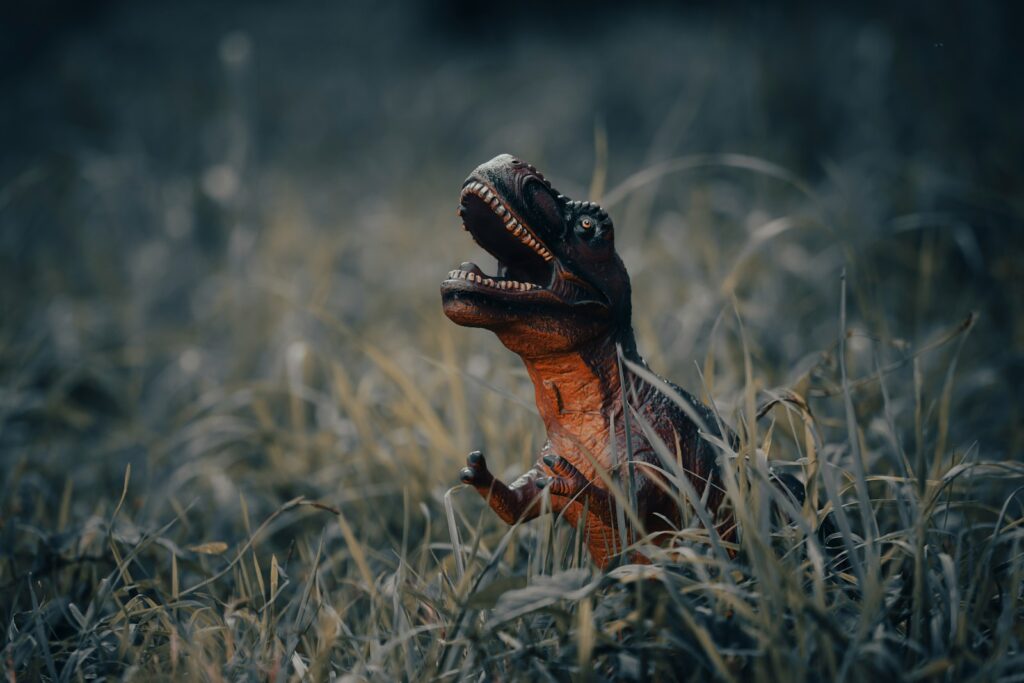
Environmental artists have adopted dinosaurs as powerful symbols to communicate messages about extinction, climate change, and human impact on the planet. The inherent narrative of dinosaur extinction provides a compelling framework for artistic exploration of contemporary environmental concerns, drawing parallels between past planetary catastrophes and current ecological crises. Installation artist Agnes Denes incorporated dinosaur imagery in her environmental works to highlight the fragility of species survival, while contemporary eco-artists like Brandon Ballengée use dinosaur imagery alongside currently endangered species to illustrate evolutionary continuity. These artworks often juxtapose dinosaur extinction with human activities that threaten biodiversity today, creating poignant visual commentaries on our role as geological agents. By positioning humanity within the vast timescale of Earth’s history, these artists use dinosaurs to provide perspective on humanity’s brief existence and outsized environmental impact. This approach transforms dinosaurs from mere scientific curiosities into powerful rhetorical tools for environmental awareness, leveraging their popular appeal to communicate urgent ecological messages.
Abstract and Conceptual Approaches to Dinosaur Art
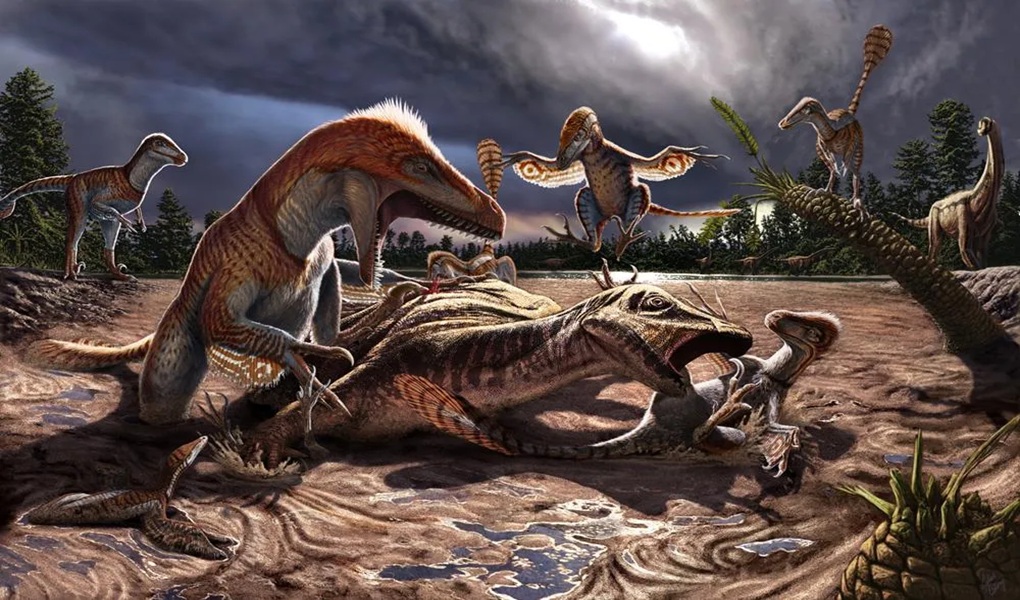
Moving beyond literal representation, abstract and conceptual artists have engaged with dinosaurs as metaphorical devices and philosophical concepts rather than anatomical subjects. Artists like Mark Dion have created installation pieces exploring how museum practices shape our understanding of dinosaurs, interrogating the institutional frameworks that mediate our relationship with prehistoric life. Some conceptual artists work with dinosaur fossils or replicas directly, incorporating actual paleontological materials into their work to explore themes of authenticity, preservation, and scientific authority. Abstract painters have reduced dinosaur forms to their essential shapes and energies, capturing the dynamism and presence of these creatures without realistic representation. These non-literal approaches often explore deeper questions about what dinosaurs mean culturally: they examine how these extinct creatures function as symbols of time, mortality, human knowledge, and the limits of imagination. By abstracting dinosaurs from their biological specificity, these artists reveal the conceptual power these creatures hold in our collective consciousness, transforming them from biological entities into cultural constructs available for philosophical exploration.
Dinosaurs in Street Art and Murals
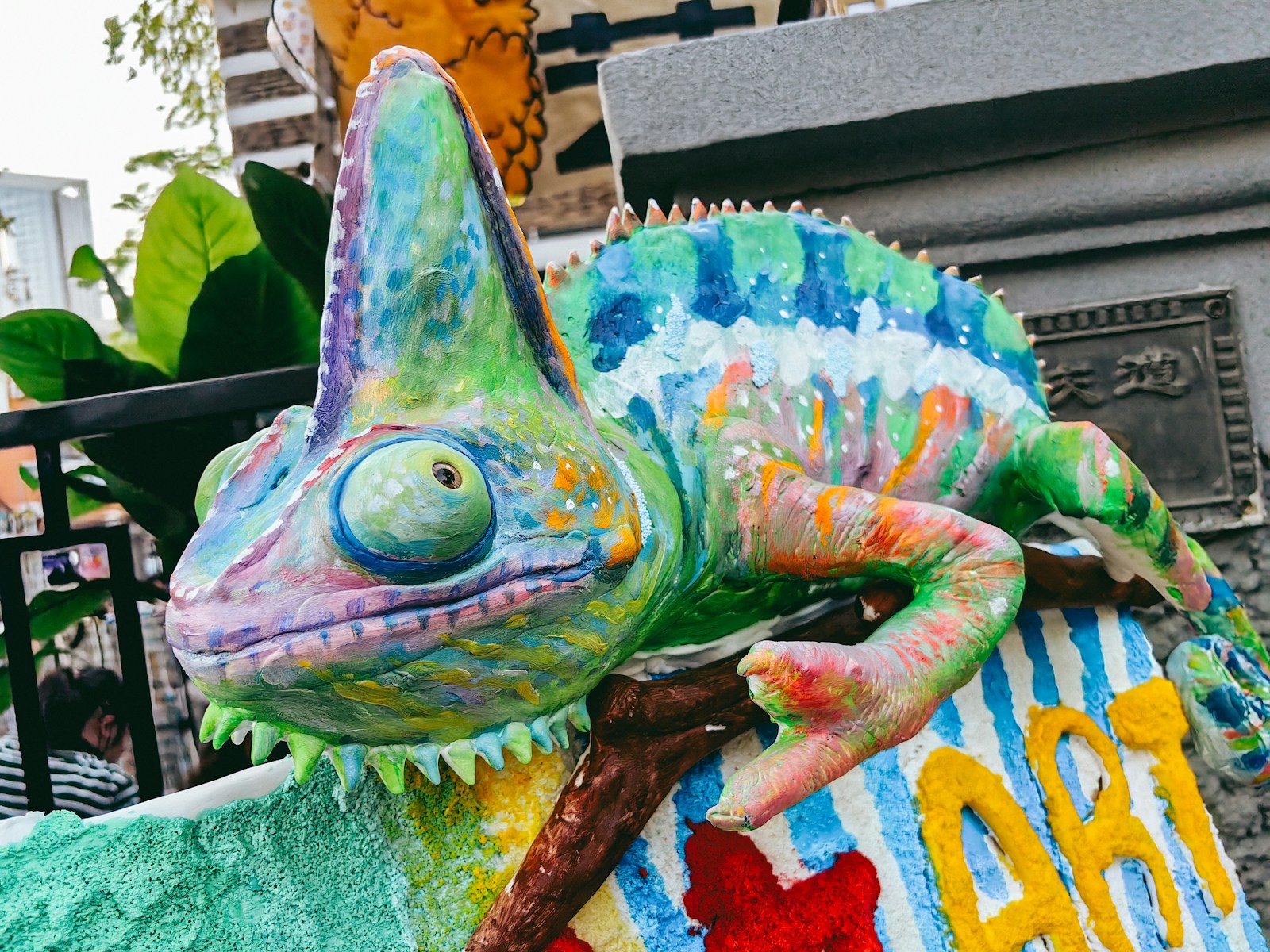
Street artists and muralists have brought dinosaurs into urban environments, creating powerful public encounters with prehistoric imagery that democratizes access to paleontological themes. The Belgian street artist ROA has incorporated dinosaur and fossil imagery into his monumental animal murals, creating striking juxtapositions between extinct species and contemporary urban landscapes. These public artworks often serve educational purposes, introducing scientific concepts to audiences who might not visit natural history museums or engage with formal scientific communication. The scale of building-sized murals allows artists to capture the monumental nature of dinosaurs, creating visceral experiences of their size and presence that smaller artworks cannot achieve. Urban dinosaur art frequently plays with temporal dissonance, inserting creatures from deep time into contemporary cityscapes to create surreal encounters that disrupt ordinary perception. This public-facing dinosaur art becomes part of everyday visual culture, integrating prehistoric life into community identity and collective experience in ways that more rarefied fine art cannot accomplish.
Children’s Art and Educational Dinosaur Imagery

Artistic representations created specifically for children constitute a significant category of modern dinosaur art, balancing scientific accuracy with age-appropriate aesthetics and educational value. Illustrators like Mark Hallett have specialized in creating dinosaur imagery for children’s books and educational materials, developing distinctive styles that communicate scientific concepts while engaging young imaginations. These artists often anthropomorphize dinosaurs slightly to create emotional connection without sacrificing fundamental anatomical accuracy, walking a delicate line between scientific fidelity and narrative engagement. The vibrant colors and simplified forms characteristic of children’s dinosaur illustrations reflect pedagogical considerations about cognitive development and visual literacy at different age levels. Many contemporary children’s book illustrators collaborate with paleontologists to ensure their work reflects current scientific understanding while remaining accessible and engaging for young audiences. This educational dinosaur art plays a crucial role in scientific literacy, often providing children with their first exposure to concepts of evolution, extinction, and the deep history of life on Earth through visually compelling dinosaur representations.
Dinosaurs in Indigenous and Non-Western Art
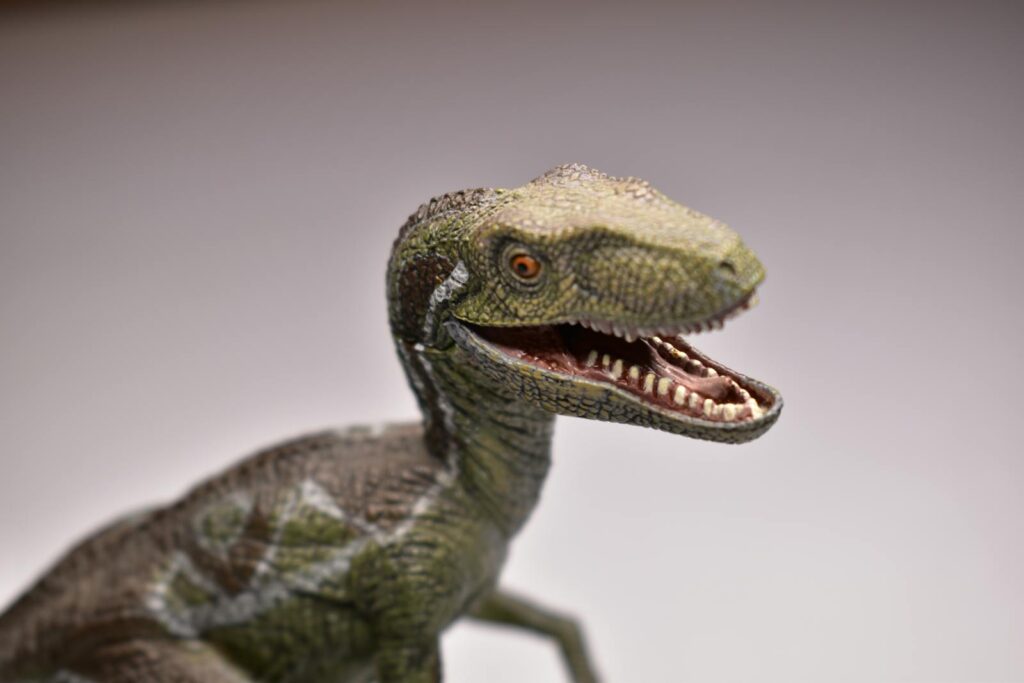
Indigenous artists from regions with significant fossil discoveries have developed distinctive approaches to dinosaur representation that integrate paleontological knowledge with traditional artistic practices and cultural perspectives. Australian Aboriginal artists from areas with important dinosaur trackway sites have created works incorporating dinosaur motifs alongside traditional iconography, connecting these ancient creatures to Dreamtime narratives and ongoing relationships with country. In Mongolia and China, contemporary artists working in traditional techniques like scroll painting and paper cutting have developed distinctive styles of dinosaur representation that reflect local paleontological discoveries while honoring regional artistic traditions. These non-Western perspectives often emphasize different aspects of dinosaur existence than Western art, sometimes focusing more on relationships between dinosaurs and other elements of the natural world rather than individual dinosaur species in isolation. By bringing diverse cultural viewpoints to dinosaur representation, these artists enrich the global artistic conversation about prehistoric life, challenging the Western scientific monopoly on how we visualize and understand these ancient creatures. These cultural approaches remind us that fossils exist in specific landscapes with complex human histories and relationships that extend far beyond Western scientific frameworks.
The Commercial Art of Dinosaur Merchandising
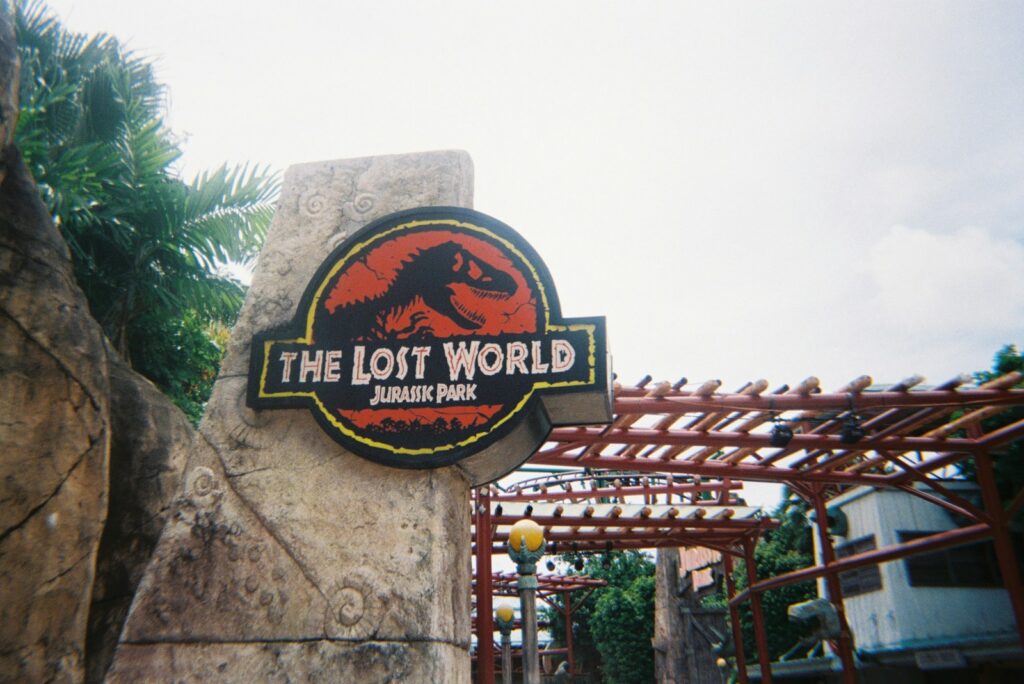
Commercial artists and designers have created a vast universe of dinosaur imagery for merchandise, toys, and entertainment properties, substantially influencing public perception of these prehistoric creatures. The iconic Tyrannosaurus rex design for Jurassic Park, created by a team led by special effects artist Stan Winston, has become one of the most recognizable and influential dinosaur representations in modern culture, shaping how millions visualize this predator. Toy designers must balance scientific accuracy, manufacturing requirements, safety considerations, and play value when creating three-dimensional dinosaur products, making interesting artistic compromises that influence children’s understanding of these creatures. Book cover illustrators and graphic designers developing dinosaur-themed products often distill complex paleontological concepts into immediately recognizable visual shorthand that communicates “dinosaur” to consumers at a glance. This commercial dinosaur art, while sometimes criticized for scientific inaccuracies, plays a crucial role in maintaining public fascination with paleontology and often serves as a gateway to deeper scientific interest. The economic success of these commercial representations, from museum gift shop merchandise to blockbuster film franchises, provides financial support for both scientific research and more specialized artistic explorations of prehistoric life.
Future Directions in Dinosaur Art

Emerging technologies and evolving scientific understanding continue to open new frontiers for artistic engagement with dinosaurs, pointing toward exciting future developments in this field. Virtual and augmented reality technologies are enabling artists to create immersive dinosaur experiences that allow viewers to interact with prehistoric environments in unprecedented ways, blurring boundaries between scientific visualization and artistic expression. The growing scientific consensus about the feathered nature of many dinosaurs has inspired artists to experiment with new aesthetic approaches to dinosaur texturing and coloration, moving beyond the scaly paradigms that dominated 20th-century representations. Advances in understanding dinosaur biomechanics and behavior are challenging artists to develop more sophisticated representations of dinosaur movement, social interactions, and ecological relationships. Cross-disciplinary collaborations between artists, paleontologists, and technology specialists are becoming increasingly common, suggesting a future where the boundaries between scientific illustration and artistic interpretation become even more fluid. As paleontology continues to unearth new discoveries and refine our understanding of prehistoric life, artists will undoubtedly respond with innovative approaches to visualizing these fascinating creatures that balance scientific accuracy with creative vision.
Conclusion
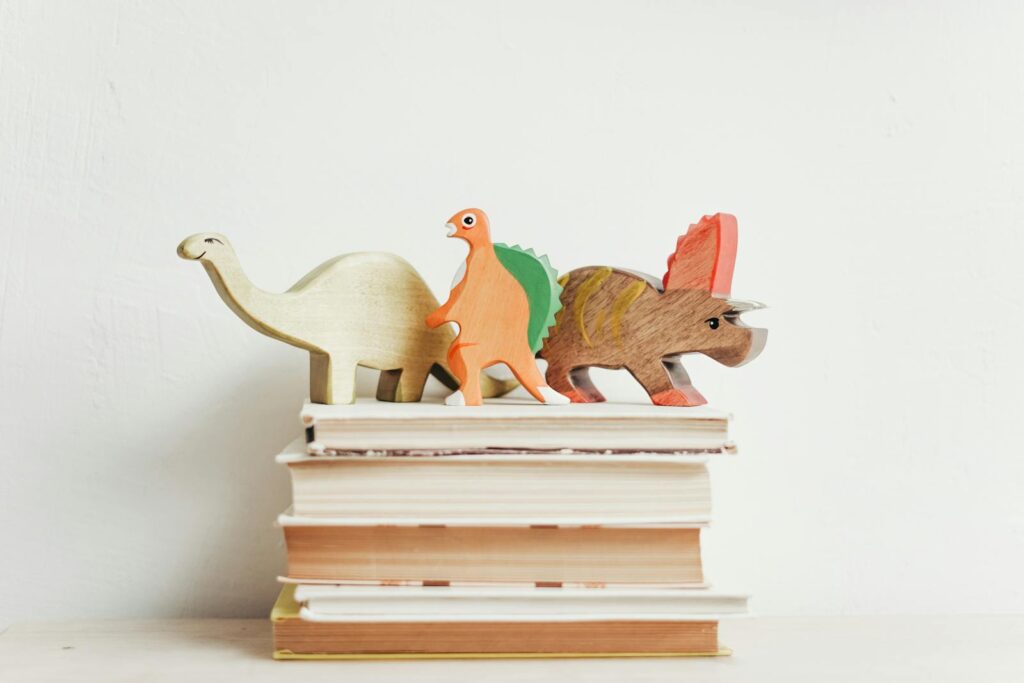
The representation of dinosaurs in modern art reflects our evolving relationship with these fascinating creatures and with natural history more broadly. From scientifically rigorous illustrations to conceptual installations, from commercial designs to indigenous interpretations, artists have explored dinosaurs through countless aesthetic and conceptual lenses. These artistic engagements do more than simply visualize extinct animals—they help us process our understanding of deep time, extinction, and humanity’s place in Earth’s biological history. As science continues to refine our knowledge of dinosaurs, and as new artistic technologies and approaches emerge, we can expect dinosaur art to continue evolving, reflecting both scientific progress and changing cultural attitudes. Through this ongoing artistic conversation with the prehistoric past, we maintain a vital connection to creatures that both science and imagination have brought back to life.


